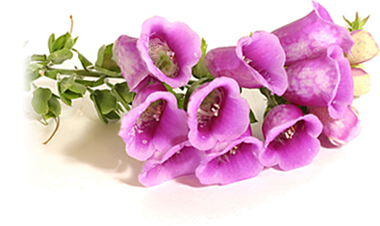Uncategorized
Perennials for the Cutting Garden

The classic gardener’s dilemma is whether to cut flowers for enjoyment or leave them to look nice in the garden. Often, removing flowers from the border can make it less attractive and leave an unsightly hole in the overall garden design.Read More...
Grasses With Gusto

Ornamental Grasses lend a unique dimension to any landscape with their texture, sound, motion and architecture. By planting ornamental grasses, you can also add multi-seasonal excitement to your landscape.Read More...
Small Shrubs for the Perennial Border
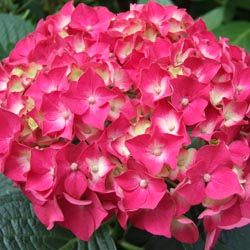
Adding structure and an aspect of year-round permanence to any yard, small shrubs are excellent for enhancing the perennial border. Thought of as the spine and bones of good landscaping, small shrubs hold the soft body of flowers together and add consistency between areas.Read More...
Blossom End Rot

Nothing is more disheartening than grabbing a beautiful tomato only to find the entire bottom is soft, black and rotten. Blossom end rot (BER) affects tomatoes, peppers, eggplant, squash and melons. Read More...
The Cotinus Craze
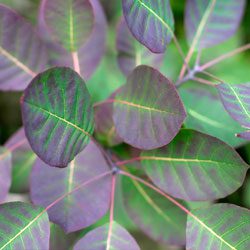
Smoketree, the common name for the genus Cotinus, aptly describes the hazy, smoky look of the flowers sported by this fabulous plant. Best described as a deciduous large shrub or small tree, Cotinus boasts species with varying heights, unique summer flowers, outstanding fall color and low maintenance requirements, all features that can make it an excellent addition to your landscape.Read More...
Goji Berry (Wolfberry)

Touted by some as the "fruit from the fountain of youth" because of its high antioxidant, carotene and essential amino acids content, the goji berry, also creates a large sensation in the garden.Read More...
A Taste of the Tropics

It only takes a few plants to cast a tropical look upon a garden. Although our gardening zone here isn't strictly tropical, it's still possible to include some tropical and tropical-looking plants in our landscapes to create a lush summer oasis that hints at a vibrant paradise.Read More...
Versatile Hydrangeas
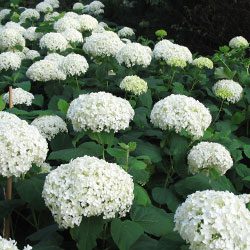
Tall or short, red, pink, purple, blue, white and shades in between, few shrubs provide the versatility of hydrangeas. Generations of gardeners have loved and designed their gardens using these showy shrubs as summer privacy screens, landscape focal points and beautiful cut flowers. Now, thanks to new hydrangea introductions, there are even more ways to use them.Read More...
Pruning Red Raspberries
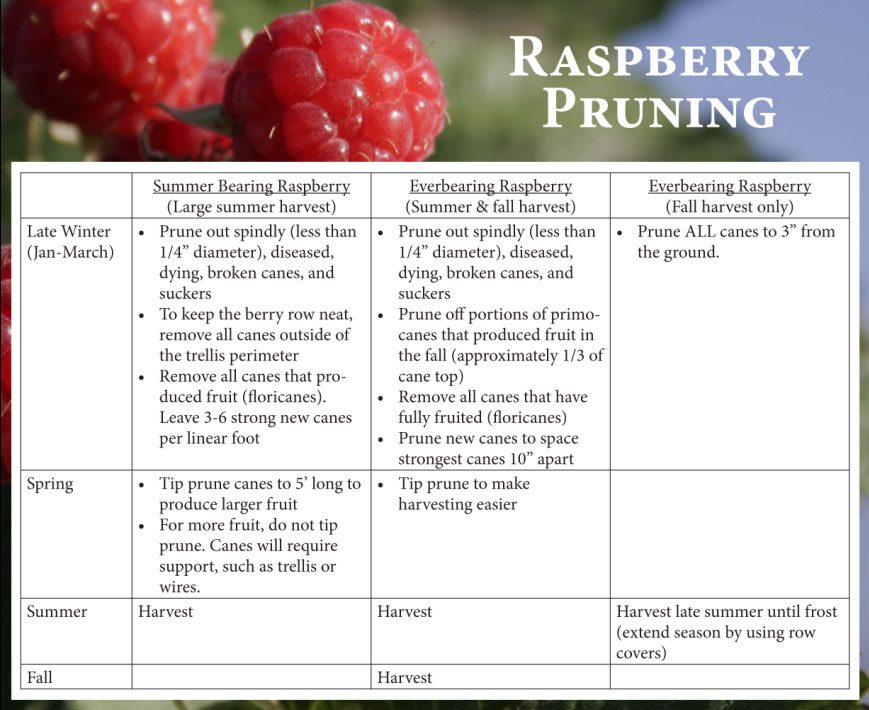
There's an unfounded rumor that raspberries are difficult to prune. This isn't true if you understand the type of raspberry in your garden. Summer-bearing raspberries produce only one harvest per year while everbearing, or fall-bearing, raspberries can produce two harvests.Read More...
Simple Water Features for Small Spaces
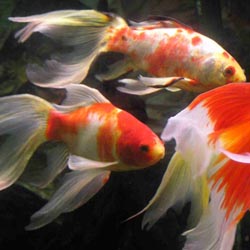
A simple water feature can make a large impact even in small spaces. The addition of a container water garden will transform, beautify and diversify your existing garden into an oasis that brings relief during the dog days of summer and beyond.Read More...
Try Something New: Pomegranates
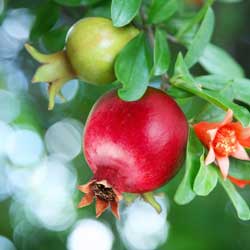
Want to grow an exotic fruit that is delicious, nutritious, beautiful, incredibly hip and rarely grown in our area? You really should consider planting a pomegranate!Read More...
Begonias for the Home

Begonias are a beautiful and diverse group of plants, with more than 1,500 species. Some are suitable for use as bedding plants or in container gardens, some for hanging baskets and others for indoor cultivation. Begonias are treasured not only for their colorful flowers but also for their unique foliage, and many varieties make spectacular […]Read More...
Top Native Shrubs for Year-Round Interest
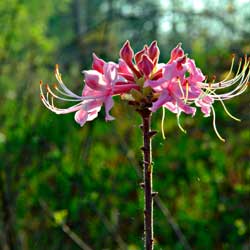
We just love incorporating natives into the home landscape! Including native plants is an important part of sustaining local pollinators and wildlife. They are all low maintenance and, wow, are they beautiful!Read More...
Pink Muhley Grass
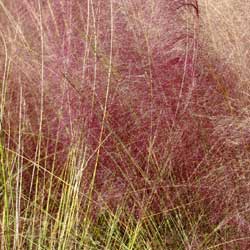
Becoming increasingly popular, there is now an over-abundance of ornamental grasses available at garden centers. So many choices can make the selection process difficult. There is, however, one that takes the cake. Pink Muhley Grass is arguably the most colorful ornamental grass around and it is sure wow your friends and neighbors.Read More...
Get Your Mint On!
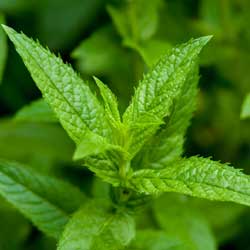
This is the 140th anniversary of the Kentucky Derby. What does that mean? Mint Juleps, of course.Read More...
Conserving Water Through Proper Planting

Worried that you may have to give up color in your landscape to save on maintenance and water? Afraid that watering restrictions in your area will put a damper on your colorful flowerbeds, borders and shrubs? It doesn’t have to be that way! Many brightly-colored trees, shrubs and flowers don’t require as much water once […]Read More...
Beetle Mania

It’s hard to forget the years that we’ve been plagued with Japanese beetles. These ravenous creatures can destroy your lawn, garden and good nature in one season by eating away precious time and money invested in our landscapes. As they know no boundaries, Japanese beetle control methods are most effective if neighborhoods band together in […]Read More...
Rose Care Basics

Beginners often become confused with the many recommendations and suggestions for growing roses. However, it is important to start with the basic guidelines for successful rose growing. Roses can thrive under many conditions, but they are sure to grow better, with more luxurious blooms and fewer problems, when you follow the basics. Prepare the Soil […]Read More...
Choosing the Right Flowering Tree

Purchasing a tree for your landscape is an investment that can raise the property value of your home and bring you pleasure, beauty and shade for many years to come.Read More...
Aphids
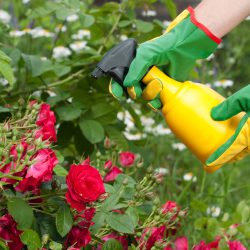
One of the most common insects, and one of the most potentially plant-threatening, is the aphid. There are actually many types of aphids – more than 4,000 in all. Some feed on specific plants and others are not so choosy. They all attack the newer plant growth and suck sap from a plant’s internal circulation […]Read More...
Cool Wave Pansy
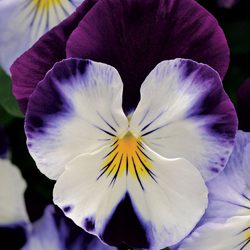
Make way for Cool Wave Pansy! New and improved, bigger and brighter, the familiar little monkey-faced pansy is the new garden darling. These flowers are even more versatile and easier than ever, and ideal for so many beautiful landscaping options. New Pansies Cool Wave Pansy is a relatively new cultivar that has so much to […]Read More...
Plants for Wet Soil
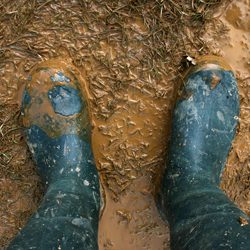
More water is always good for plants, right? Wrong! When water stands in the soil, air is displaced, which in turn smothers the plant roots. Once the roots are damaged many symptoms appear on leaves and shoots including wilting, marginal and inter-veinal browning of leaves (scorch), poor color and stunted growth. But the excess water […]Read More...
Azaleas – An American Favorite
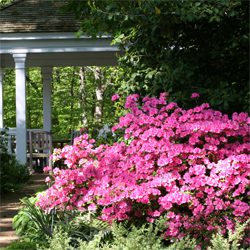
Azaleas are true garden favorite and are popular in all types of landscape designs. To keep them blooming prolifically and as beautiful as they can be, however, you will need to follow a few special directions for their best care. Planting Azaleas Azaleas need a well-drained location, as they will not thrive in an area […]Read More...
Growing in Flower Pouches

How many of us sit on our decks or patios, stare at a bare fence and think, “there must be something I can do with that.” There certainly is! “Plant” your fence with flower pouches. Not just for fences, these flower pouches efficiently provide color and/or small veggies for tiny balconies, deck railings or other […]Read More...
Lilacs

One of the most popular deciduous flowering shrubs, and certainly one of the most nostalgic, lilacs herald the arrival of spring. When we reminisce about this old-fashioned favorite we recall large panicles of sweetly scented, pale purple blossoms. Today, however, lilacs are available in an incredible variety of sizes, growth habits, flowering times, bloom sizes, […]Read More...
Pruning Evergreens
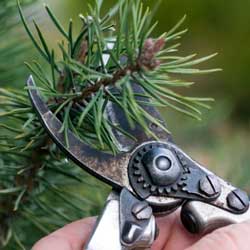
When choosing an evergreen for your landscape project, it is always best to select a plant that will not outgrow its designated space, crowding out nearby plants or distorting its own shape without enough room to shine. Proper research can help you choose – you should know the ultimate height, width and growth rate of […]Read More...
Tremendous Turf

The benefits of turf grass as a ground cover are numerous and often undeclared or overlooked. In recent years, turf has gotten a bad reputation due to the belief that a beautiful lawn requires a lot of hard work and overuse of dangerous chemicals. This is a misconception and the benefits of turf can far […]Read More...
Growing Veggies in Containers
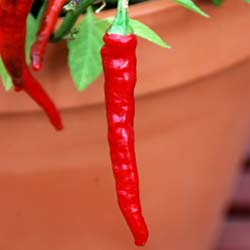
Do you dream of a delicious, homegrown harvest but don’t have the land to use? No longer should a shortage of garden space prevent you from growing your own fresh vegetables. As long as you have a sunny location you can have your own mini-farm on your porch, patio, deck, balcony, roof-top or doorstep! Why […]Read More...
A Kitchen Herb Garden

Fresh cut herbs are a delight for any cook, and when they are within arm’s reach, fresh herbs are a delight and dream come true! During the coldest months of the year, potted herbs not only offer convenient, fresh seasonings, but also fragrance, color and flowers to truly spice up the kitchen. Growing Tips for […]Read More...
Orchids: Exotic Beauties To Warm The Winter
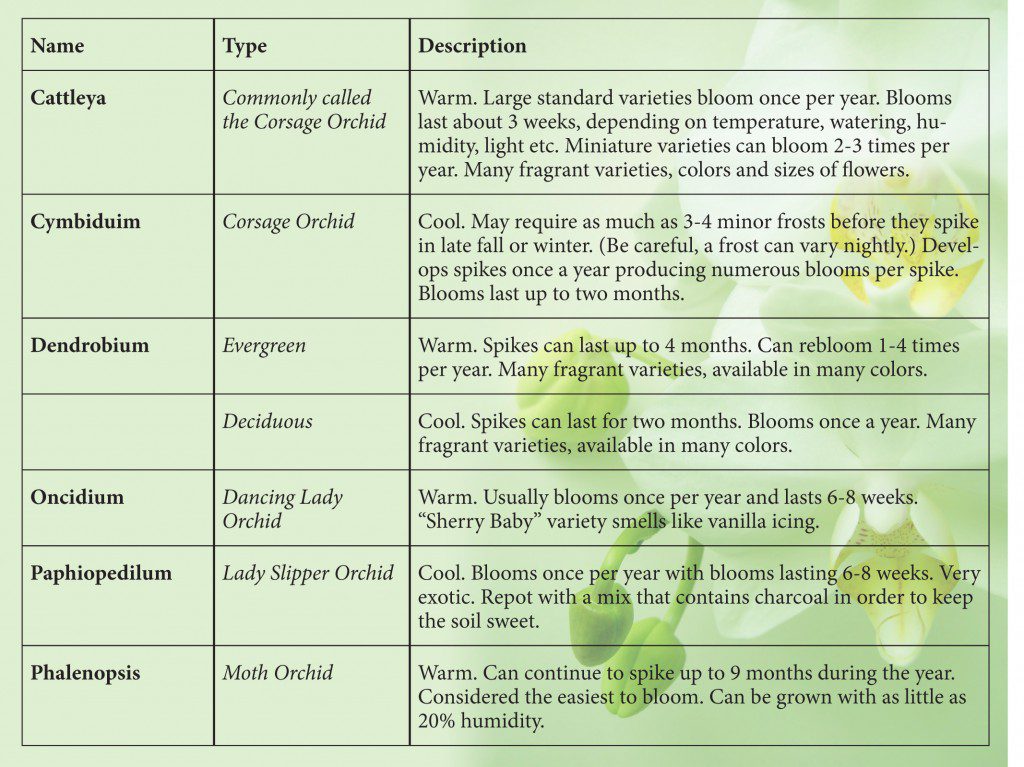
Orchids are some of the most exotic plants on earth. They display an amazing range of diversity in the size, shape and color of their unique flowers. There is a misconception, however, that these floral treasures are difficult to grow. Not true. More and more gardeners are growing and collecting orchids each year. Provide the essentials and you too can grow orchids easily!Read More...
Easy-to-Grow Indoor Herbs for Winter
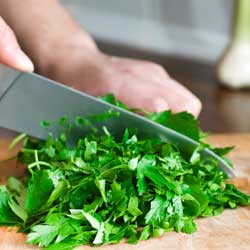
Even though it may be miserable weather outside, don’t be stuck having to buy overpriced fresh herbs at the store or using dried. Why not grow your own inside the house? Most common herbs will grow quite happily in a sunny window. Your kitchen may be the perfect spot. After all, it's probably warm and sunny there.Read More...
Decorating Your Home With Houseplants
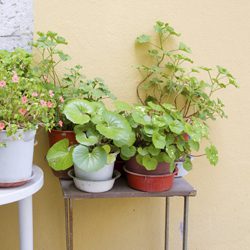
Bring the bright atmosphere of a tropical vacation into your home this winter with houseplants. An integral part of your home décor, houseplants not only artistically improve your home, they also cleanse and freshen your indoor air quality. Plants take in carbon dioxide and release clean, pure oxygen. Some plants even absorb certain air toxins, […]Read More...
Seed Starting
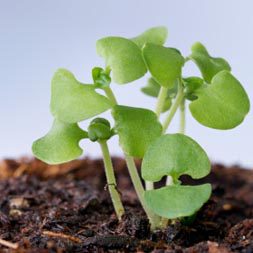
Starting seeds indoors is a rewarding gardening experience and can help extend your growing season to include more plant varieties than your outdoor season may permit. Furthermore, a larger selection of seed varieties doesn’t limit your opportunities to growing only those transplants that are available at planting time. The key to success in growing seedlings […]Read More...
Winter Pond Prep Checklist
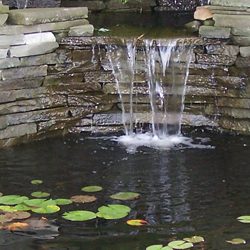
As winter approaches, certain steps should be taken to ensure plant and fish survival.Read More...
Kale, the Super Food
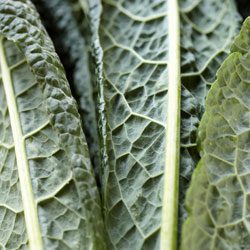
Did you know kale is a super food? Kale belongs to the same family as cabbage, broccoli and Brussels sprouts. It is a rich source of vitamins C, A, & B6, and is loaded with manganese, calcium, copper and potassium, with no fat or cholesterol. Add it to your garden for a healthy harvest!Read More...
Fall Lawn Care

Fall is the best time of the year to overseed your existing lawn or establish a new lawn. If your lawn is a bit thin, has bare patches or needs good care, now is the time to take care of it so it can become thoroughly established before warm temperatures arrive in spring.Read More...
Autumn: Why Plant Now?
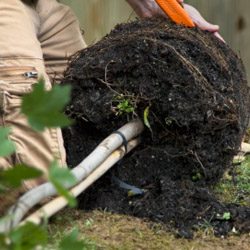
Although many gardeners plant trees and shrubs in the spring, knowledgeable gardeners plant in the fall to take advantage of all this fabulous season has to offer. But why is fall planting better than spring planting? Stress Reduction Transplanting causes stress as plants are removed from containers, balls or established locations and changed to new […]Read More...
Outdoor Ornamentation
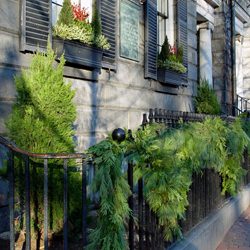
Do you miss the vibrancy of your flowerbeds and the rich, lush colors of your landscape once winter sets in? With warm weather pots, window boxes and hanging baskets already in place, decorating the outside of your house this winter will be a cinch!Read More...
Stuff a Gardener’s Stocking

Stocking stuffers don't have to be useless, jokey items that are quickly forgotten after the holidays. Instead, choose the appropriate stocking stuffers with a gardening twist, and even the smallest stocking will be filled with gardening fun for that special gardener in your life. No matter what type of gardener you want to buy for, we've got the right stocking stuffers for their green thumb!Read More...
Herbal Delights
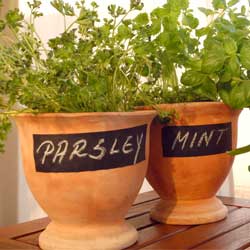
No matter how cold the temperatures or how deep the snow, you can enjoy the pleasures of herbs this winter season by growing them in your windowsill. Herbs are great for adding zest to any food and are a delicious substitute for salt and artificial flavors. Read More...
Preserving the Harvest

Was it a bumper crop this year? Do you have tasty fruits, vegetables and herbs overflowing your storage? Now that the harvest is in, the decision needs to be made as to what to do with the abundance.Read More...
Making a Terrarium
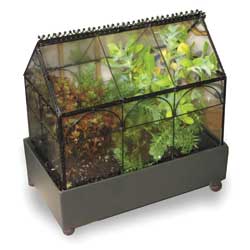
Hold onto your gardening hats, folks! Remember terrariums? A new trend revitalizing this old style is now better than ever. Creating a theme for your terrarium is easier too, with the all the miniatures now available. Remember those skinny-necked bottles and what a hassle they were? New container styles make terrariums easier to plant, simple to maintain and more beautiful in your home.Read More...
What is “pH?” Why Is It Important?
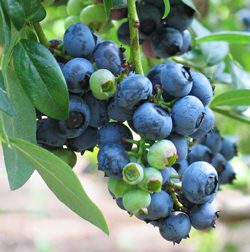
Devised in 1909, the pH scale measures the concentration of hydrogen ions in a solution. The scale ranges from 0-14. Pure water is “neutral” and has a pH of 7, midway between 0 and 14. If a solution has a low concentration of hydrogen ions, the rating will be a higher number and is considered […]Read More...
Soil 101
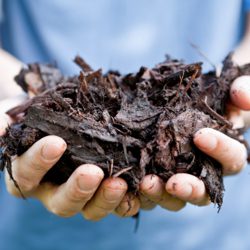
How well do you understand your soil? It’s more than just dirt, and the more you learn about soil, the better you’ll be able to care for it to ensure a stunning landscape, healthy lawn and productive garden. All About Soil The four elements of soil are minerals, water, air and organic matter. Different combinations […]Read More...
Spring Lawn Renovation
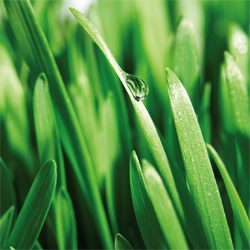
Spring is the ideal time to spruce up your lawn. After a long winter, you can easily see where any bald, bare or thin patches exist, as well as where weeds or fungus may be taking over the lawn. Fortunately, there are easy ways to set your lawn to rights! Seeding If you are planning […]Read More...
Pre-Emergent Control of Crabgrass

Did you have a crabgrass problem last year? Well, chances are, it’s gonna be even worse this year! Crabgrass is an annual lawn weed that dies once a hard frost hits. The main problem with this pest is the tenacious seed that it leaves behind after it blooms. Early spring is the season to control crabgrass […]Read More...
Protecting Our Pollinators

Every garden requires pollinators, and bees are among the finest. Without them there would be limited flowers and far fewer fruits and vegetables. Did you know that about 30 percent of the food we eat depends on the pollination of bees, including onions, cashews, coffee, carrots, chocolate and vanilla? If we don’t protect these prolific […]Read More...
Tree Peony: The Ancient Empress

From the ancient palace gardens of China comes an elegant empress, the tree peony. Native to China, the tree peony (Paeonia suffruticosa) has been grown by Chinese herbalists, gardeners and nobility for more than 1,500 years. In 1994, China named this beauty as its national flower, giving it a treasured place in history and sparking […]Read More...
Trees For Small Spaces
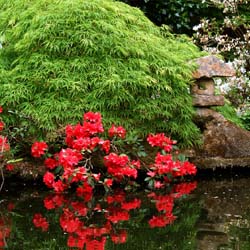
There’s something about putting a tree in the ground that just feels right. In many cases, you start with just a bare trunk with a few branches and then, rather quickly, it begins sprouting new growth. You nurture your new acquisition and each year it increases in height and girth. Finally, one day, you look […]Read More...
Dividing Hybrid Hellebores
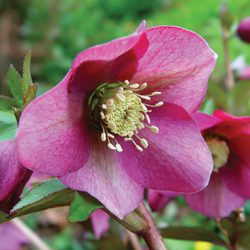
Hybrid hellebores bring us all sorts of happiness. These are one of the first plants to bloom in the late winter and early spring and are available in flower colors of chartreuse, cream, white, pink, red and deep purple. Hybrid hellebores are also those rare and treasured perennials that provide year-round interest, giving you the […]Read More...

